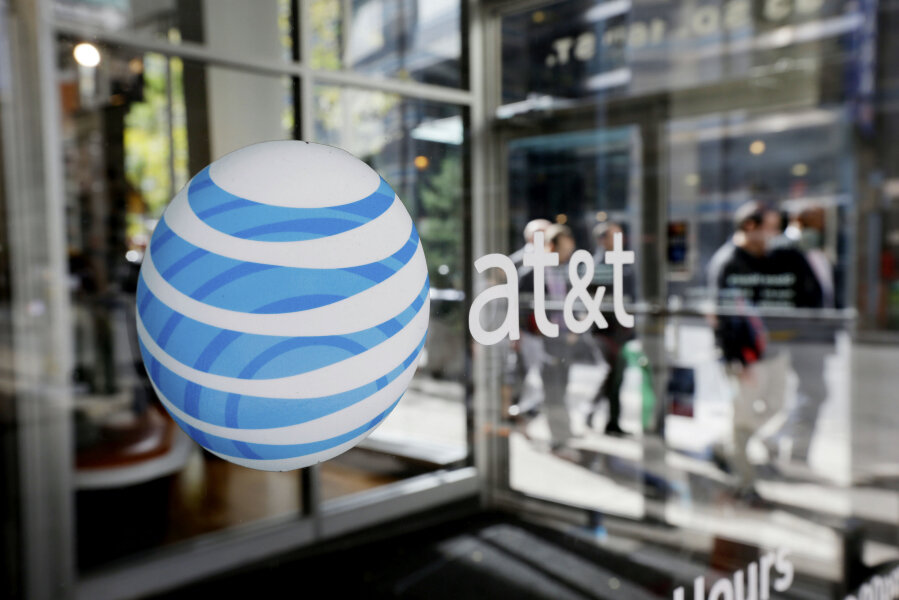Why AT&T and Verizon's 5G could improve cars as much as it will phones
Loading...
Within a few years, wireless speeds could be fast enough to let people download movies on their tablets in seconds and hold video chats with perfect clarity.
5G technology, the successor to 4G LTE, is being tested in labs already, and once it’s deployed, it promises to be between 10 and 100 times faster than current wireless networks.
This week, AT&T told tech business site Re/code that it will begin testing 5G technology early this year in the lab, followed by tests in Austin, Texas, to see how 5G handles weather and environmental conditions. Verizon is also testing 5G technology in cooperation with Nokia, Samsung, and other partners, and expects to begin real-world tests this year, as well.
At this point, “5G” is still just a shorthand way of describing a newer, faster wireless network – the industry hasn’t agreed on a set of standards or technical specifications to determine what is and isn’t 5G. (For years, there was no standard definition of “4G,” either, since carriers used the term to describe any improvements over previous wireless network speeds. Eventually “4G” came to be synonymous with current LTE technology.)
A 5G network has a theoretical speed of 10 gigabits per second, though in practice that number will be much lower due to wind, rain, atmospheric conditions, network congestion, and lots of other factors.
5G networks will also have much lower latency than 4G networks, meaning that there will be very little delay in sending data between devices. That’s important for applications such as video chatting and (eventually) driverless car communication, which require near-instantaneous transmission of information. 5G networks are likely to rely, at least in part, on high-frequency “millimeter wave” transmissions that can carry data at tremendous speeds, but that are not particularly resilient to interference from weather or other radio waves.
The new technology won’t just mean faster downloads on smartphones, though – carriers and hardware makers expect that it will become the backbone of the Internet of Things, allowing devices ranging from cars to home appliances to municipal sensors to exchange data. Faster, more reliable wireless coverage would allow our light bulbs and refrigerators and door locks to communicate with one another, performing actions automatically according to our preferences. And “smart cities” could be outfitted with small wireless sensors in pipes, pavement, and streetlights, automatically alerting workers of needed repairs or alerting police to a crime in progress.
5G won't be commercially available in the US until 2020 at the earliest, but companies elsewhere are pursuing a more aggressive schedule. Korea hopes to have a 5G network up in time for the 2018 Winter Olympics in Pyeongchang, and China and Europe are pushing ahead on 5G technology as well.








